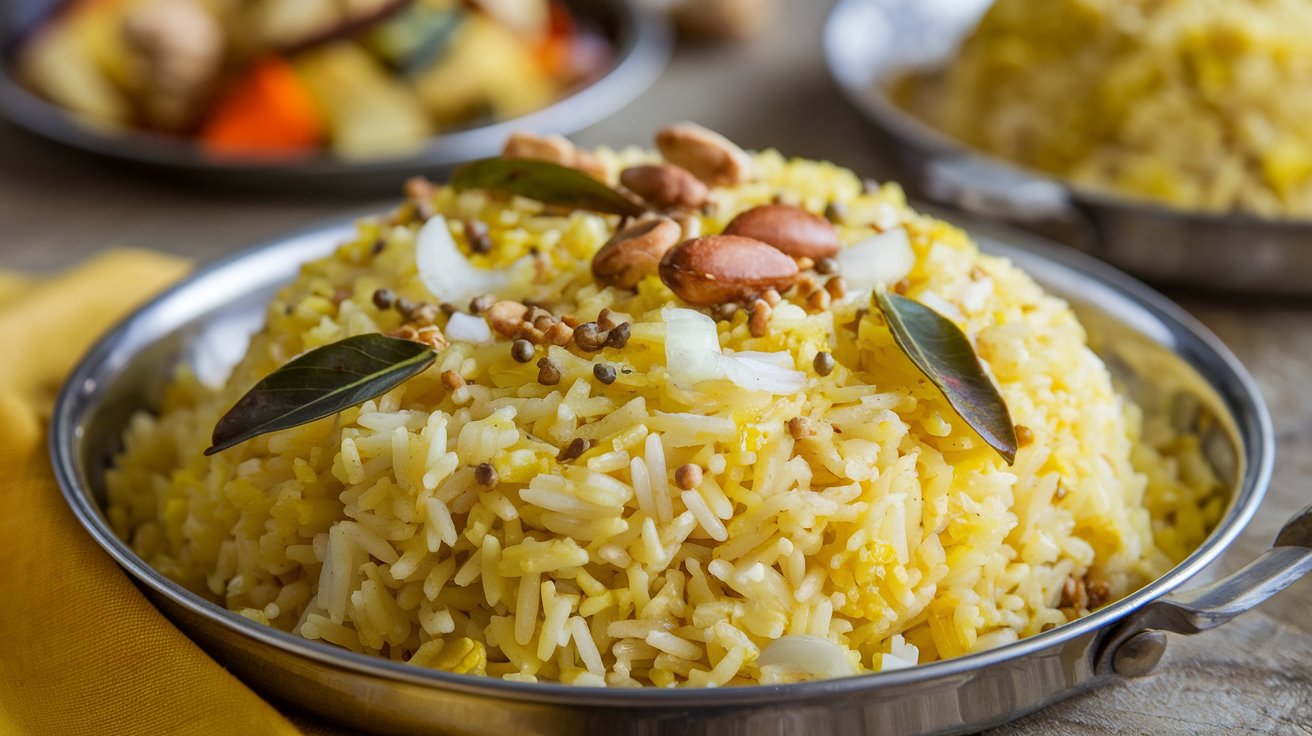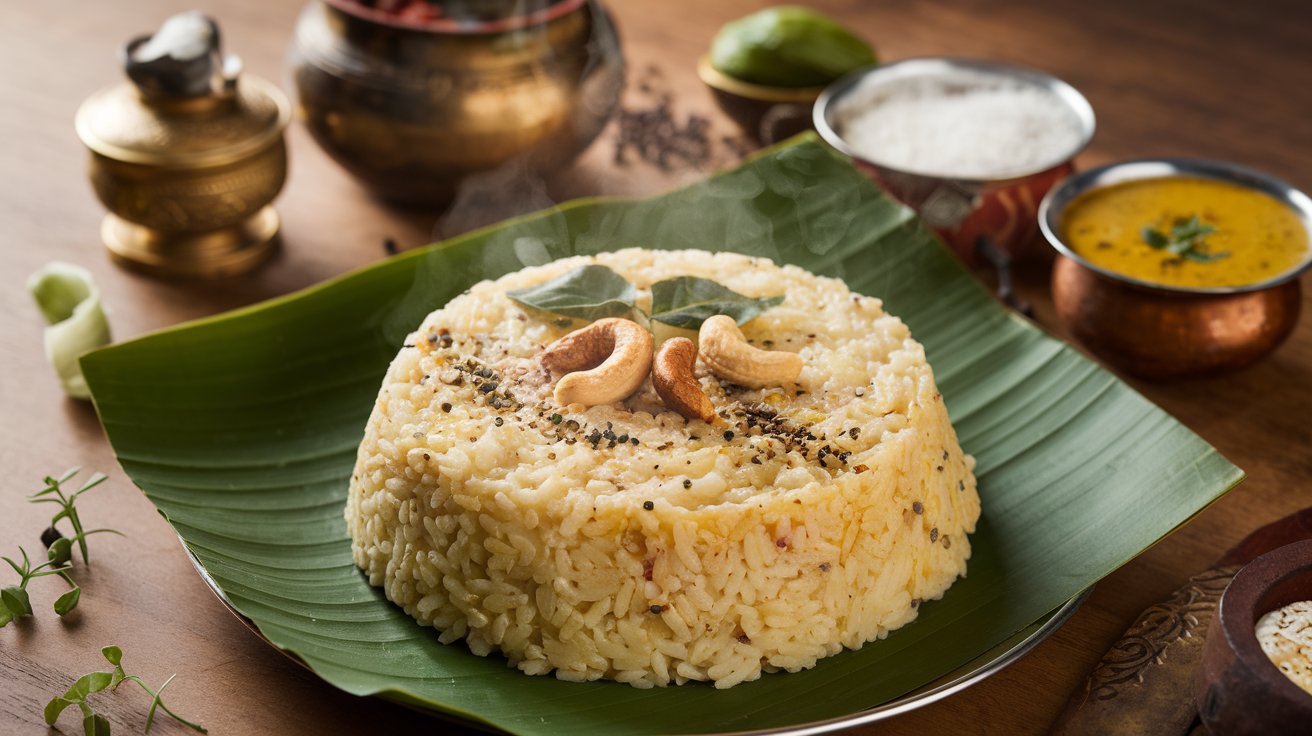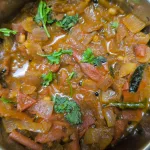

Join the Newsletter
Dive into quick, nutritious recipes, expert health tips, local food finds, and the latest in nutrition. Let’s explore healthier living together!
How to Make Idly: A Journey into South Indian Cuisine
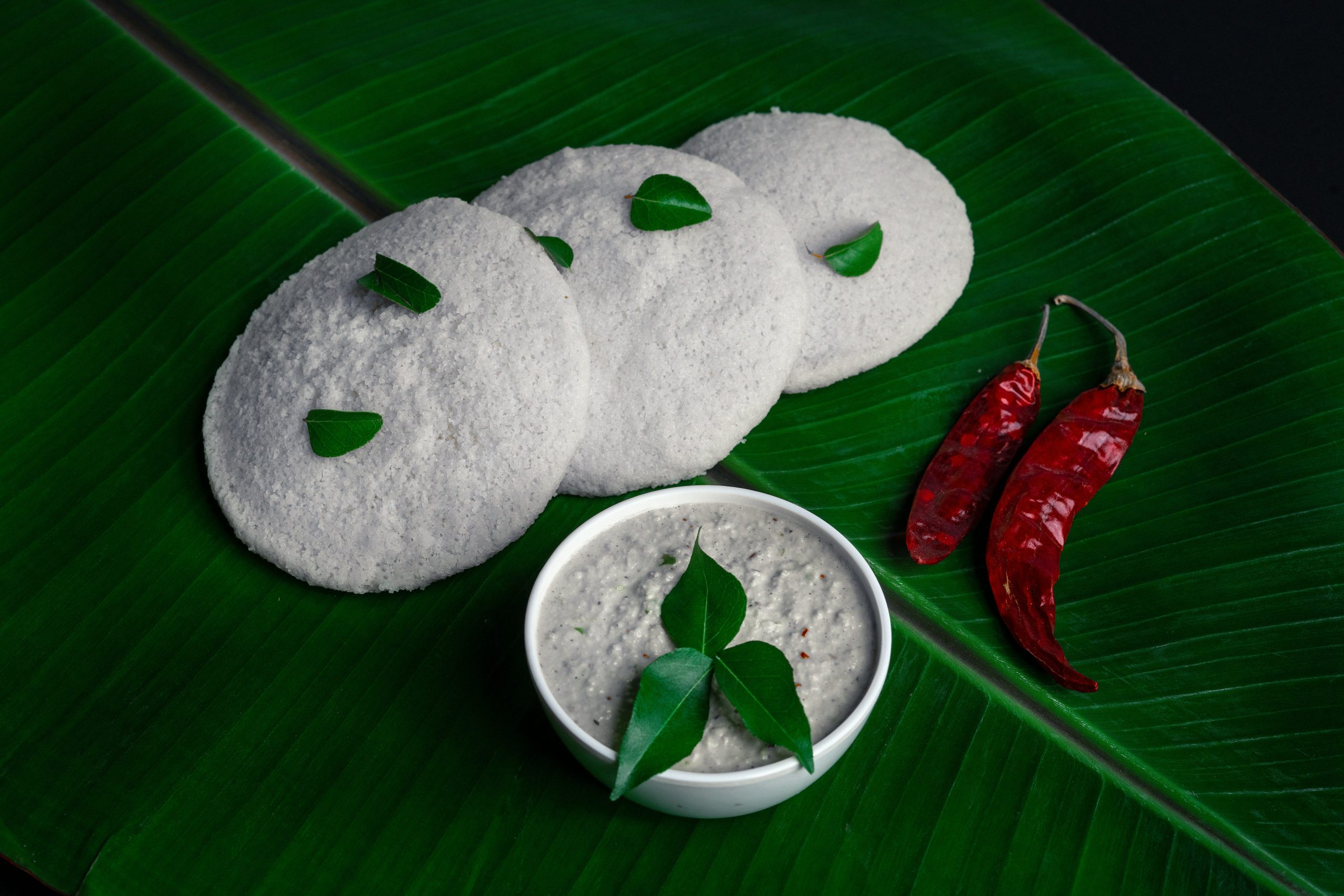
Affiliate Disclosure
Before reading this post, please be aware that some links in this article are affiliate links. This means that if you click on one of these links and make a purchase, we may earn a commission at no additional cost to you. We only promote products and services that we believe will be beneficial to our readers.
For more information, please read our full Affiliate Disclosure.
How to Make Idly: A Journey into South Indian Cuisine
In the bustling heart of South India, amidst the vibrant colors and rich aromas of its bustling streets, lies a humble yet cherished dish—idly. This soft, fluffy rice cake is more than just a breakfast item; it’s a culinary tradition passed down through generations. Each bite of idly tells a story of age-old recipes, time-honored techniques, and a deep love for food that nourishes both body and soul. Join me as we embark on a journey to uncover how to make idly, exploring its history, ingredients, and the secrets behind its perfect preparation.
A Brief History of Idly
To truly appreciate how to make idly, we must first understand its origins. Idly, believed to have roots in ancient India, is thought to have been enjoyed in various forms for over a thousand years. Some historians trace its lineage to the ancient Tamil text, Nandhini, which describes a dish remarkably similar to modern-day idly. Its evolution over the centuries is a testament to the adaptability and enduring popularity of this simple yet satisfying food.
In traditional South Indian households, learning how to make idly is more than just a culinary skill; it’s a ritual. The process of making idly, from soaking the grains to steaming the batter, often involves the entire family, making it a shared experience that strengthens bonds and creates lasting memories.
Ingredients: The Foundation of Idly
Before diving into how to make idly, let’s familiarize ourselves with the core ingredients that make this dish so beloved. The simplicity of idly’s ingredients is deceptive, for each component plays a crucial role in the final outcome.
Rice: The primary ingredient in how to make idly is rice, which provides the base for the batter. Traditionally, short-grain or medium-grain rice is used. It’s essential to choose good-quality rice to ensure a soft, fluffy texture.
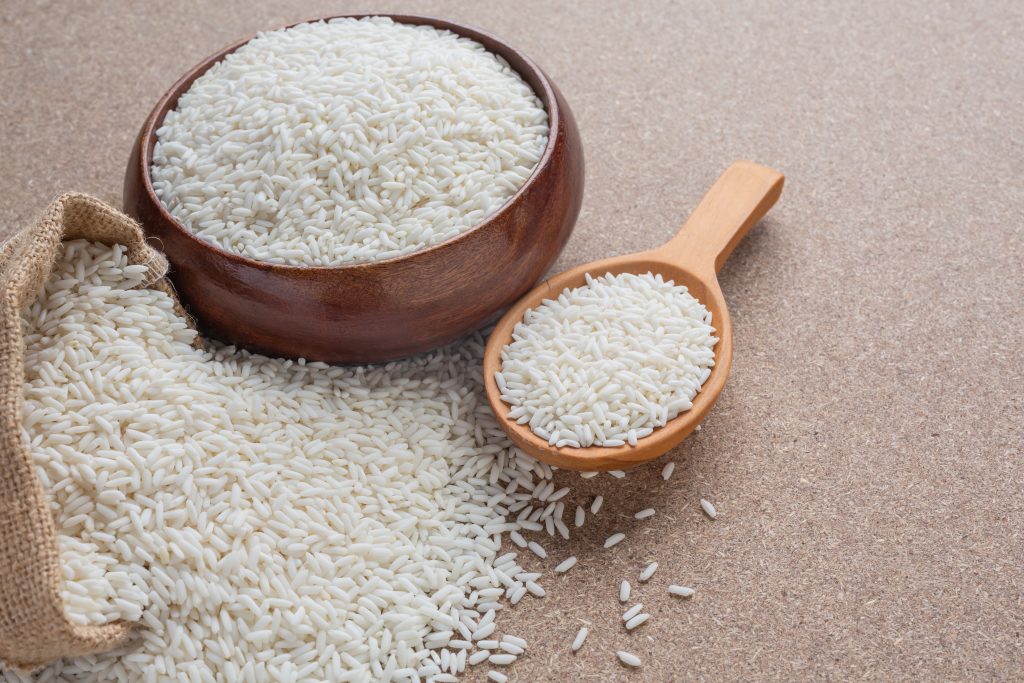
Urad Dal (Black Gram): Urad dal, or black gram, is a type of lentil that adds a unique flavor and helps in achieving the right texture for idly. Its high protein content also contributes to the dish’s nutritional value.
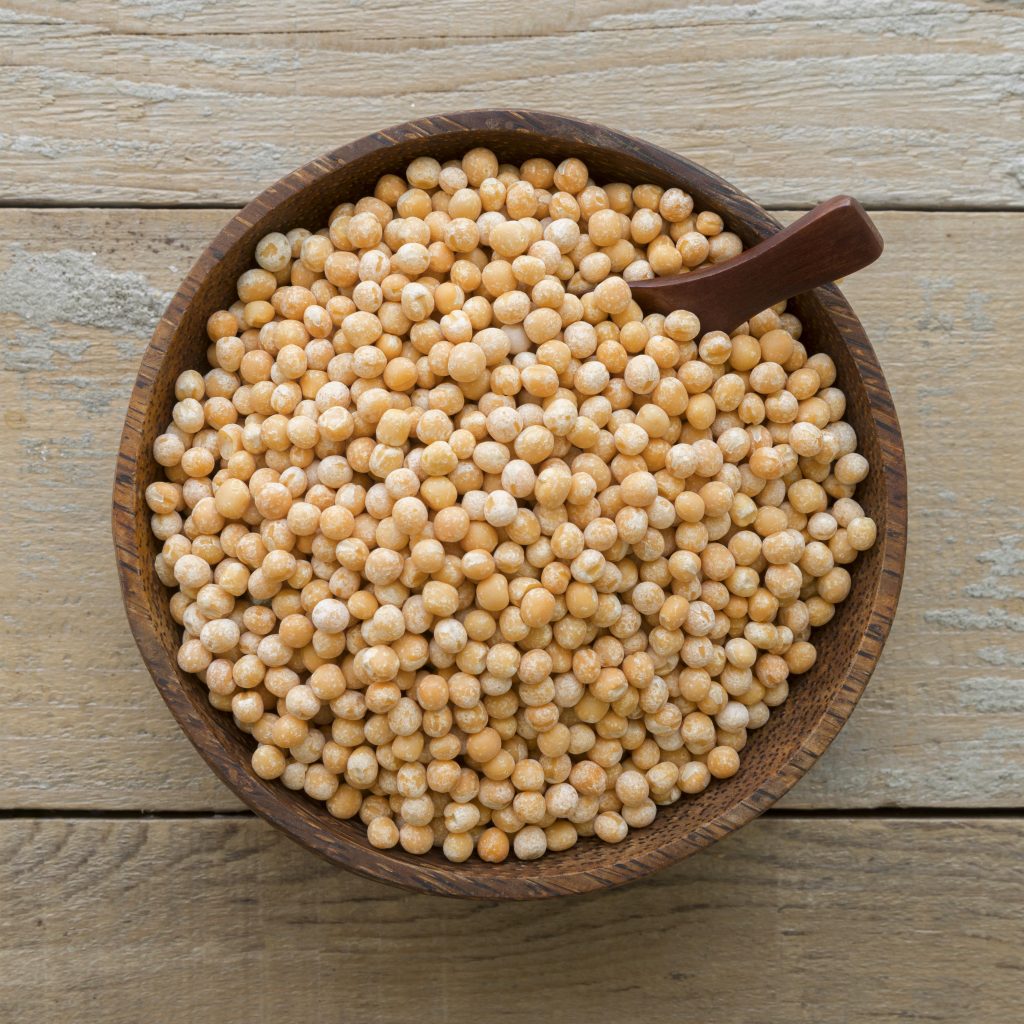
Fenugreek Seeds: These tiny seeds might seem insignificant, but they’re crucial for the fermentation process. Fenugreek seeds help in the fermentation and add a subtle, earthy flavor to the idly.
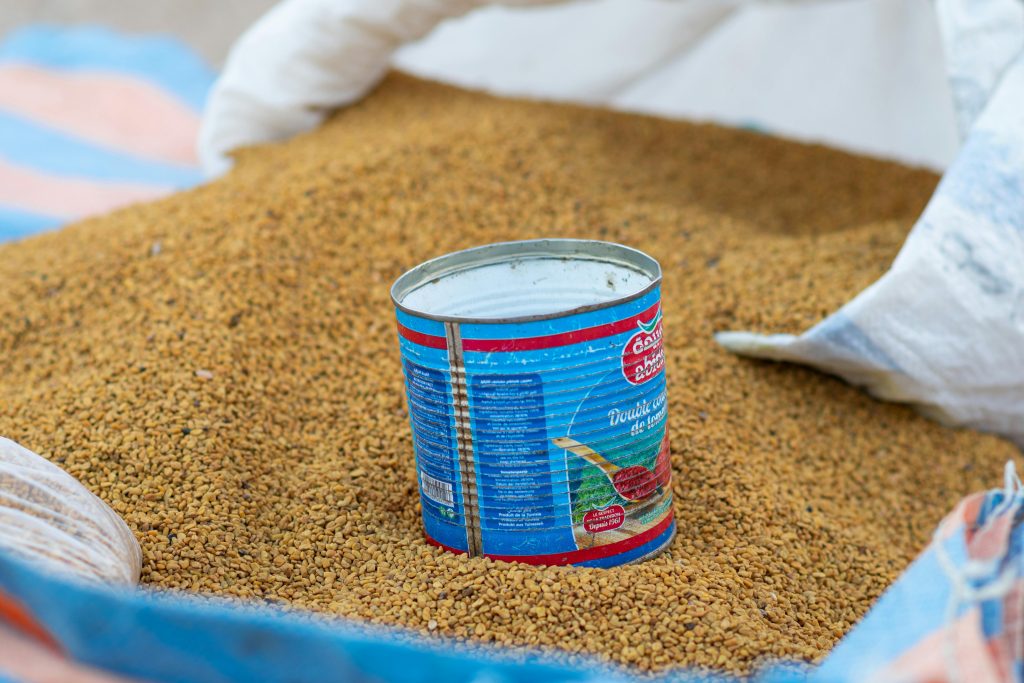
Salt: Salt is added to enhance the flavors and balance the taste. It’s essential to add it at the right time to avoid interfering with the fermentation process.
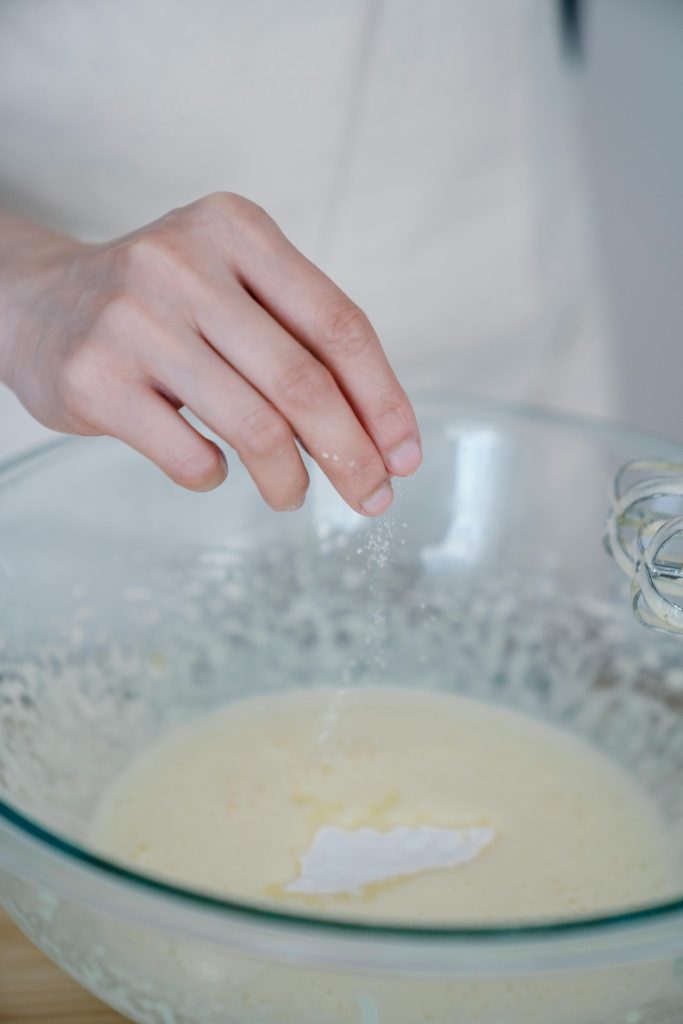
Water: Water is used to grind the rice and dal into a smooth batter. The amount of water needed can vary depending on the rice and dal used, so it’s crucial to add it gradually.
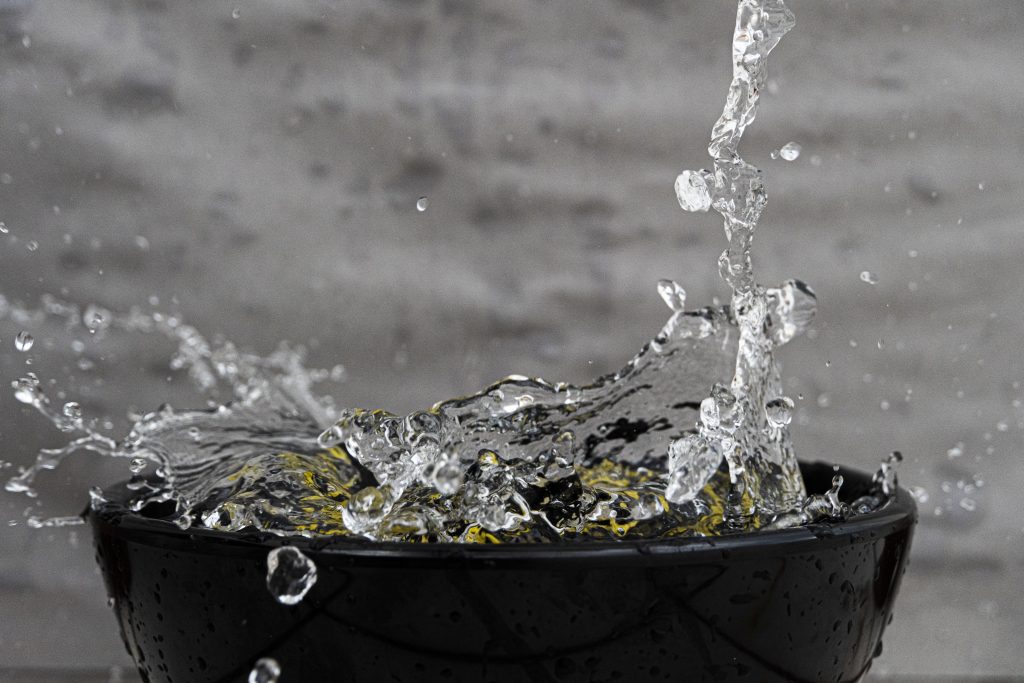
The Preparation Process: How to Make Idly Step-by-Step
Making idly is a process that combines patience with technique. Let’s break down the steps on how to make idly to ensure you achieve perfect idlies every time.
1. Soaking
The first step in how to make idly is soaking the rice and urad dal. Place 2 cups of rice and 1 cup of urad dal in separate bowls. Add a tablespoon of fenugreek seeds to the urad dal. Cover the grains with water and let them soak for at least 6 hours or overnight. Soaking softens the grains, making them easier to grind and helps in the fermentation process.
2. Grinding the Batter
Once the grains are well-soaked, it’s time to grind them into a smooth batter. You can use a wet grinder for traditional results, but a high-powered blender will also work. Drain the soaked rice and dal, then combine them in your grinder or blender. Add water gradually to achieve a smooth, thick batter.
The consistency of the batter is crucial to how to make idly. It should be thick enough to hold its shape but not too dry. The right texture ensures that the idlies are soft and fluffy.
3. Fermentation
Fermentation is a critical step in how to make idly. Transfer the batter to a large, clean bowl. Cover it with a lid or cloth and let it ferment in a warm place for about 8-12 hours, depending on the ambient temperature. During fermentation, the batter will rise and become slightly bubbly.
Fermentation is where the magic happens in how to make idly. The natural yeast and bacteria in the batter break down the carbohydrates, making the idlies light and airy. The result is a spongy texture that’s a delight to the palate.
4. Preparing the Idly Steamer
While the batter ferments, prepare your idly steamer. Grease the idly molds with a little oil to prevent sticking. If you don’t have a traditional idly steamer, a multi-tiered steaming rack or even a large pot with a steaming rack can be used.
5. Steaming the Idlies
Once the batter is fermented, gently stir it and add salt to taste. Pour the batter into the greased idly molds, filling each mold about 3/4 full. Stack the molds in the steamer and cover it with a lid.
Steam the idlies for about 10-15 minutes. The cooking time can vary depending on the size of your idly molds and the heat of the steamer. To check if they’re done, insert a toothpick or skewer into the center of an idly. If it comes out clean, the idlies are ready.
6. Serving
Allow the idlies to cool slightly before removing them from the molds. They should come out easily if the molds were well-greased. Serve the idlies warm with coconut chutney, sambar, or any of your favorite accompaniments. They are best enjoyed fresh but can also be stored in an airtight container for a couple of days.
The Idly Experience: Beyond the Recipe
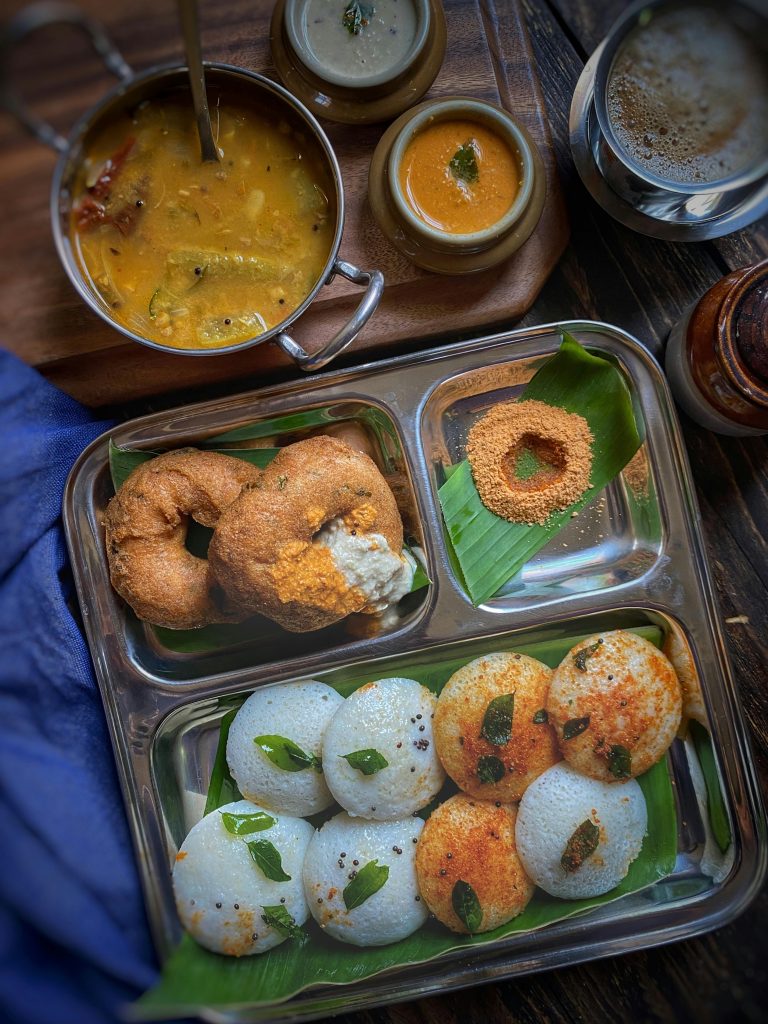
Learning how to make idly is not just about following a recipe; it’s about embracing a culinary tradition that brings people together. The process of soaking, grinding, fermenting, and steaming is a labor of love that reflects the patience and care that goes into South Indian cuisine.
In South Indian households, knowing how to make idly is often accompanied by a variety of chutneys, sambar (a spicy lentil soup), and podi (a spiced lentil powder). The versatility of idly allows it to be paired with a wide range of accompaniments, each adding its unique flavor to the meal.
Idly is also a symbol of health and simplicity. It’s a low-fat, nutritious dish that’s easy on the stomach and provides a good balance of carbohydrates and protein. Its mild flavor and soft texture make it an ideal choice for breakfast or a light meal.
Embracing Tradition with Modern Twists
While traditional techniques for how to make idly are cherished, there’s room for creativity in the kitchen. Many home cooks experiment with different grains, such as quinoa or millet, to create variations of idly that cater to contemporary tastes and dietary preferences. Adding vegetables like grated carrots or spinach to the batter can also enhance the nutritional value of idlies.
In recent years, the advent of electric idly makers and instant batters has made the process of how to make idly more accessible to busy households. These modern conveniences offer a quick and easy way to enjoy idly without compromising on taste or texture.
Final Thoughts
The art of how to make idly is a journey through history, tradition, and flavor. It’s a culinary experience that connects us with the rich cultural heritage of South India and celebrates the beauty of simple, wholesome food. Whether you’re a seasoned cook or a curious beginner, learning how to make idly is a rewarding endeavor that brings the essence of South Indian cuisine into your kitchen.
As you embark on your own idly-making adventure, remember that the joy of cooking lies not just in the end result, but in the process itself. Each step, from soaking and grinding to fermenting and steaming, is a part of a larger story that unfolds with every bite. So, gather your ingredients, embrace the tradition, and savor the delightful taste of homemade idly.

Welcome to Merge Blog!
Dive into quick, nutritious recipes, expert health tips, local food finds, and the latest in nutrition. Let’s explore healthier living together!

I’m Divya Bharathi, the person behind MergeBlog. I’m a passionate food enthusiast sharing simple, nutritious recipes and tips for a balanced lifestyle. Join me on this delicious journey!
Divya Bharathi
SUBSCRIBE & FOLLOW
MUST-READ ARTICLES
Join the Newsletter
Dive into quick, nutritious recipes, expert health tips, local food finds, and the latest in nutrition. Let’s explore healthier living together!
